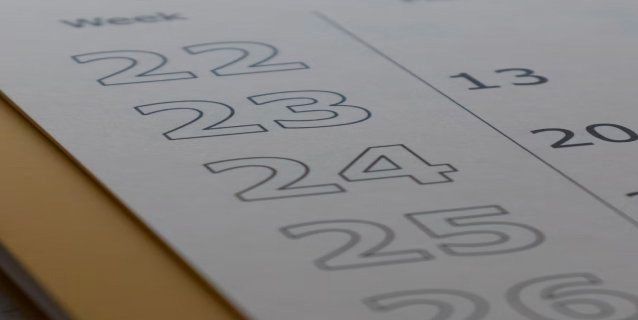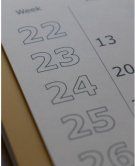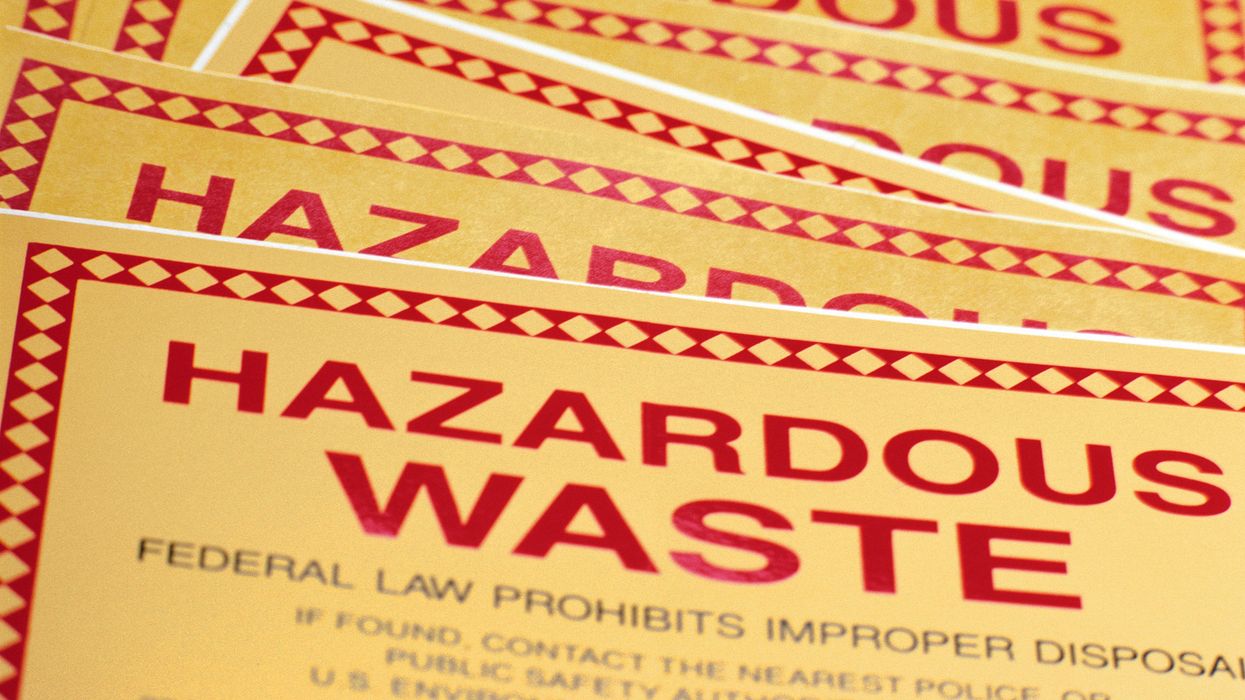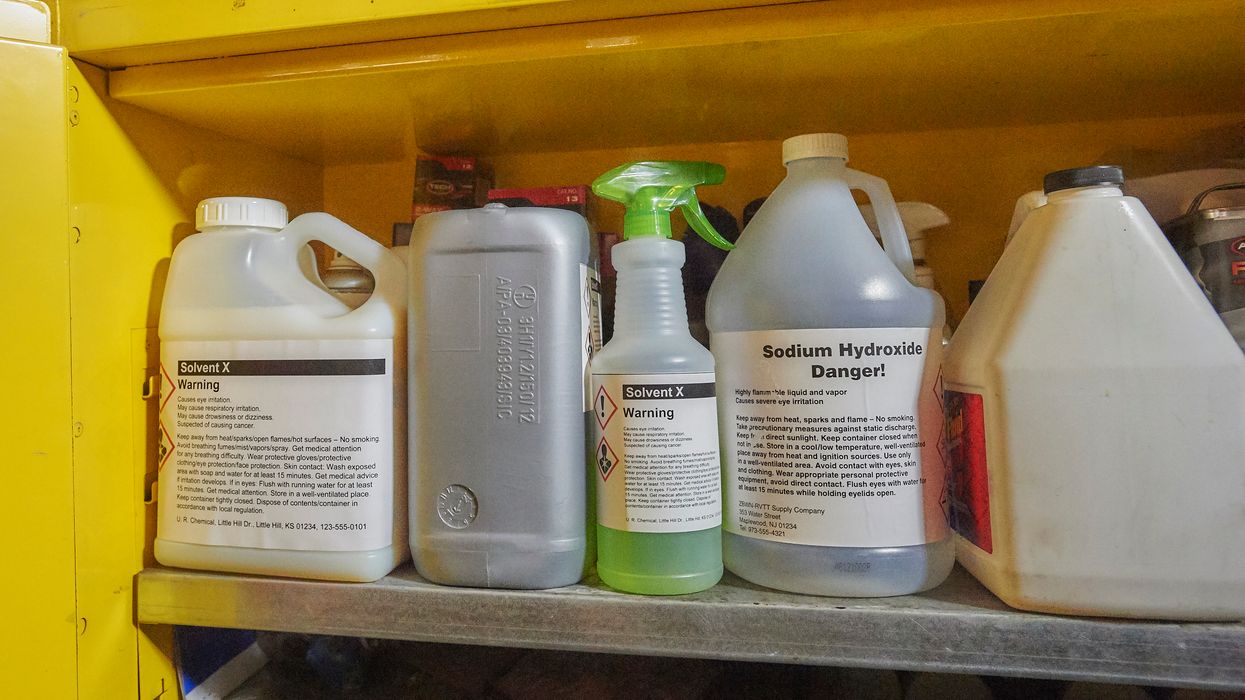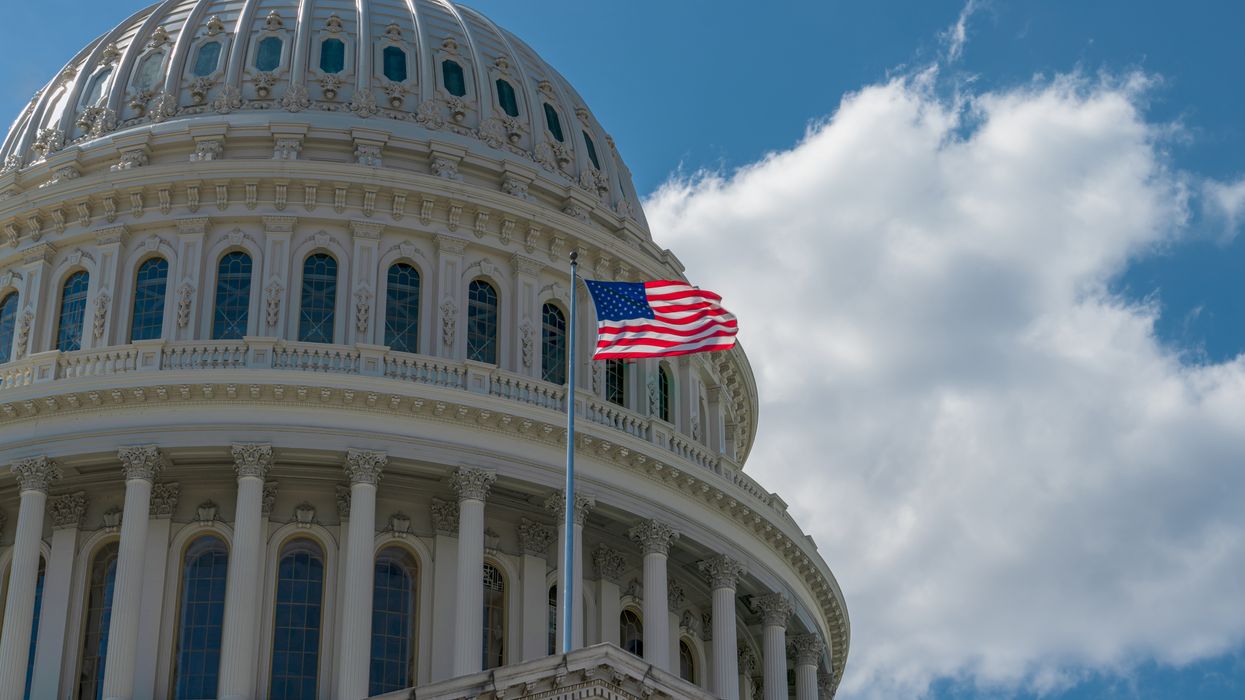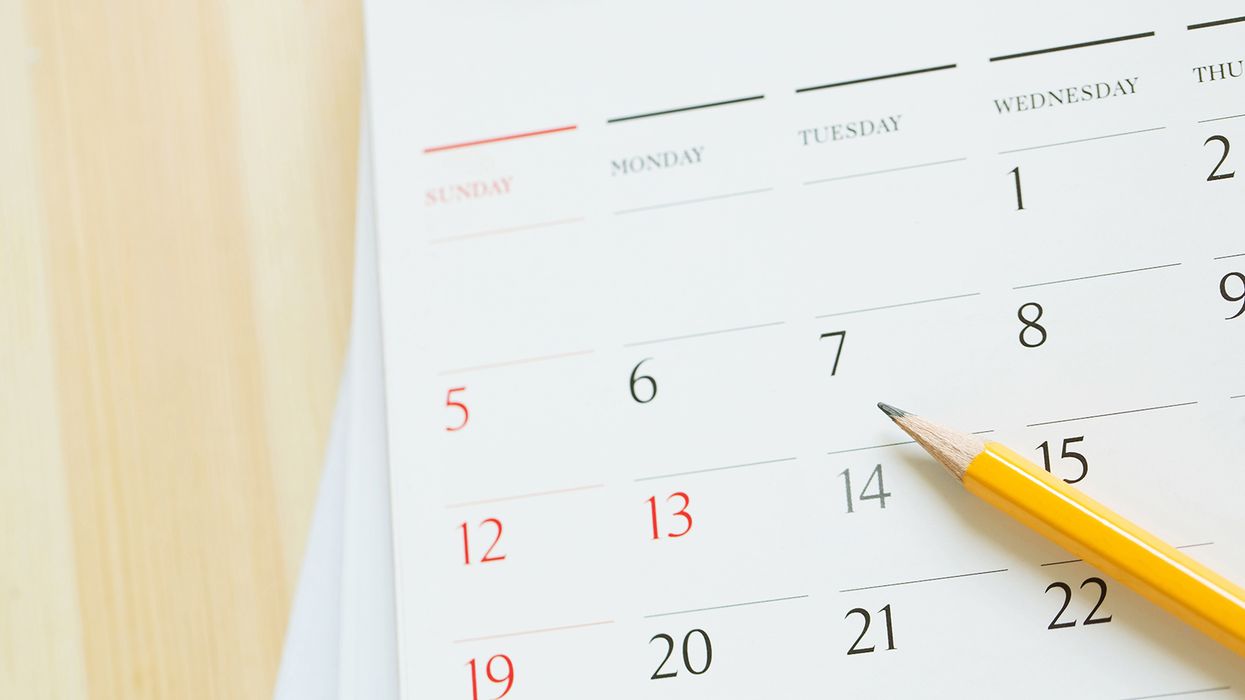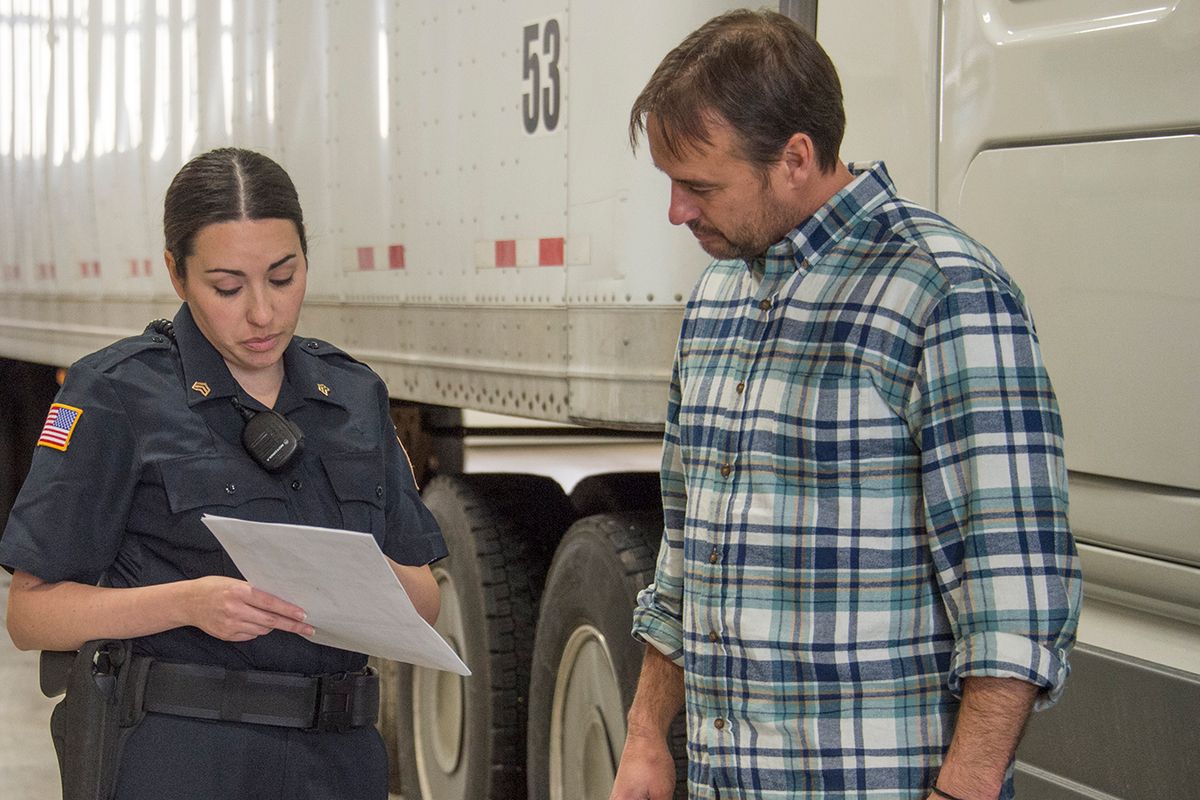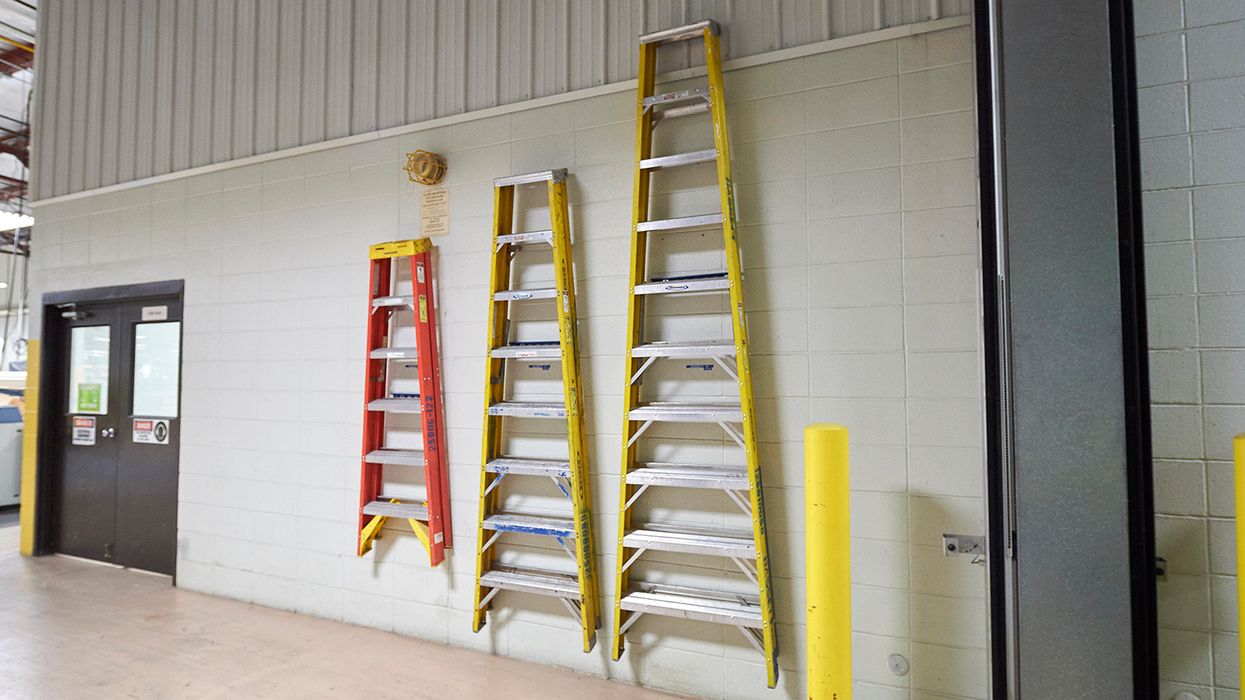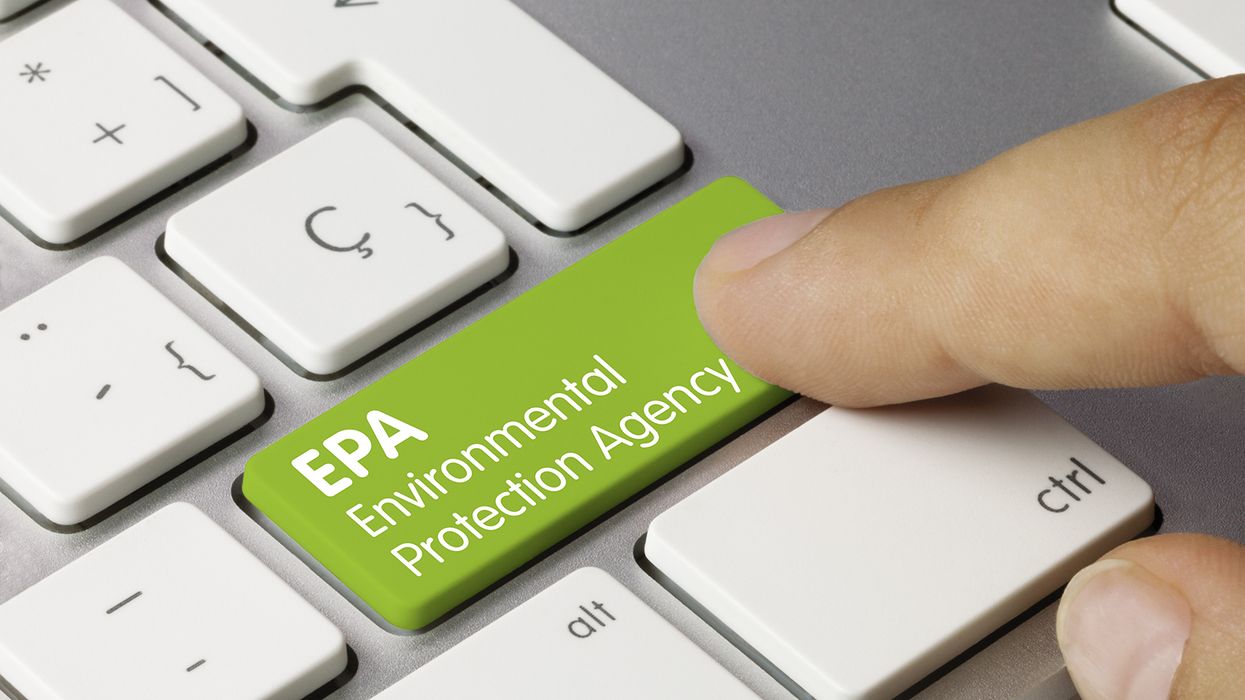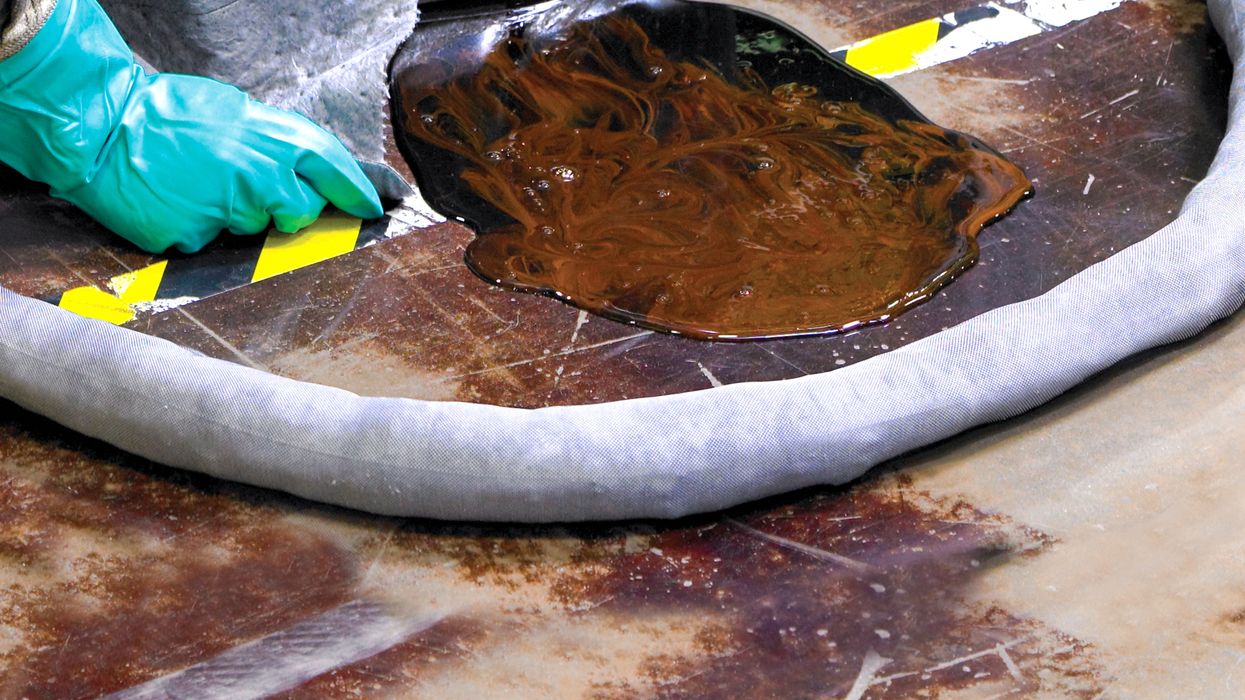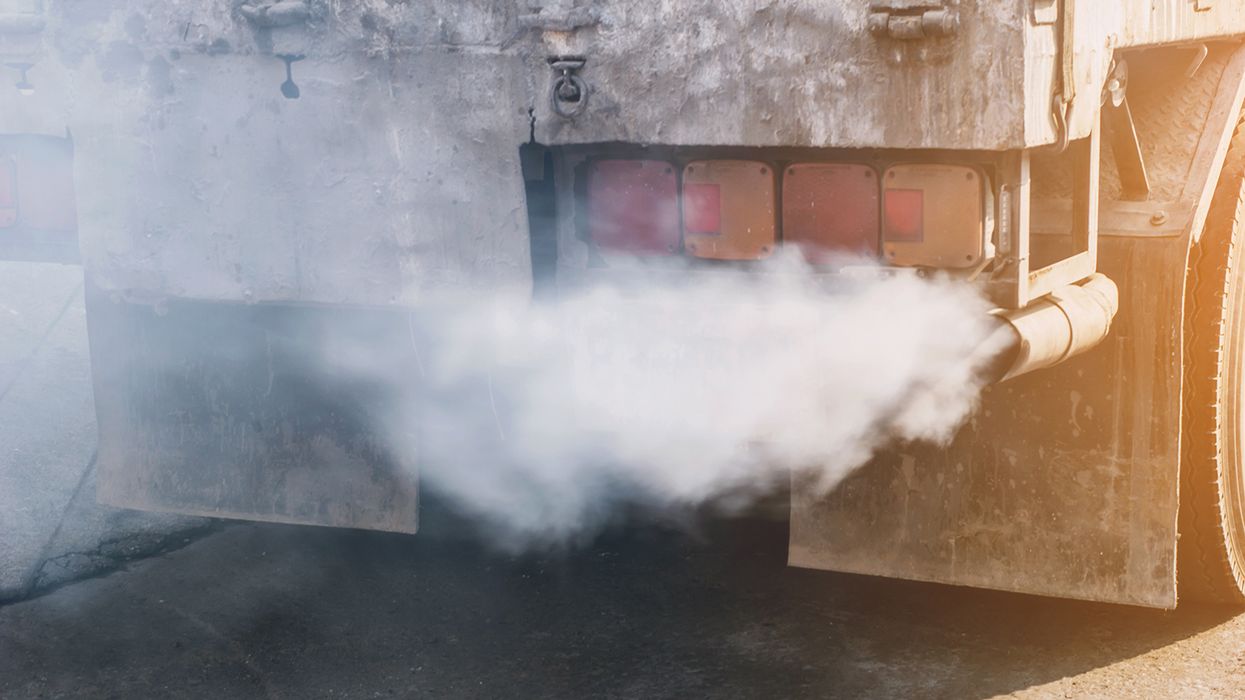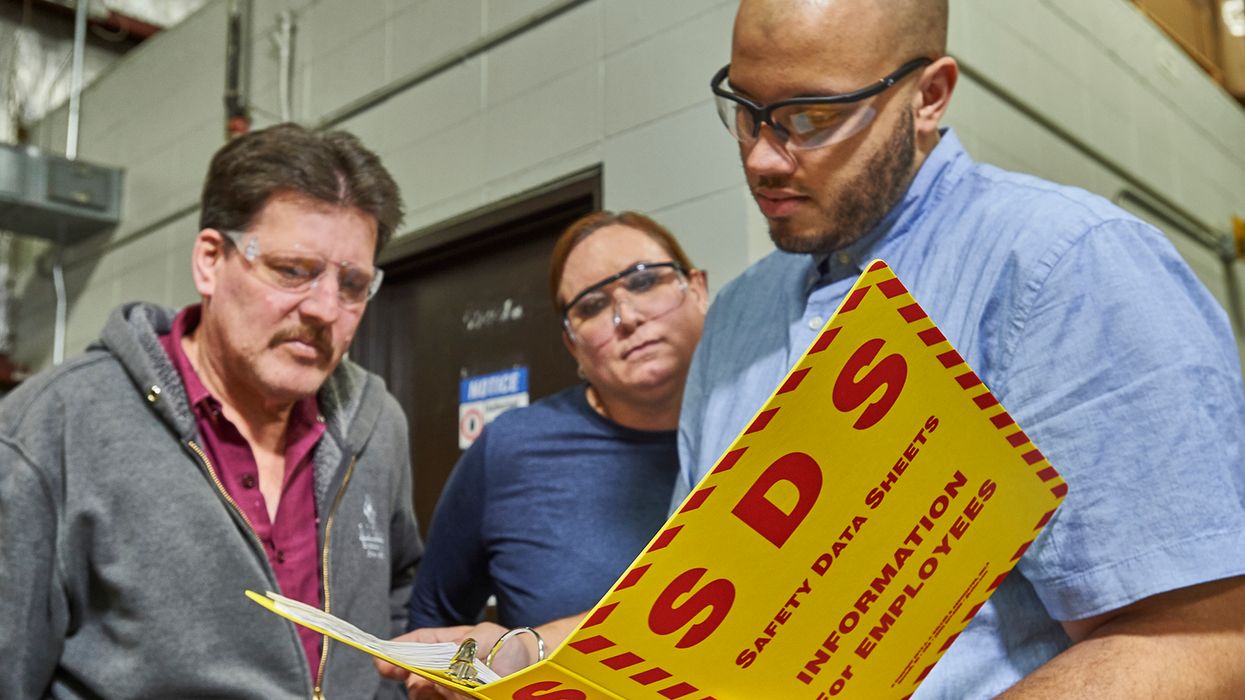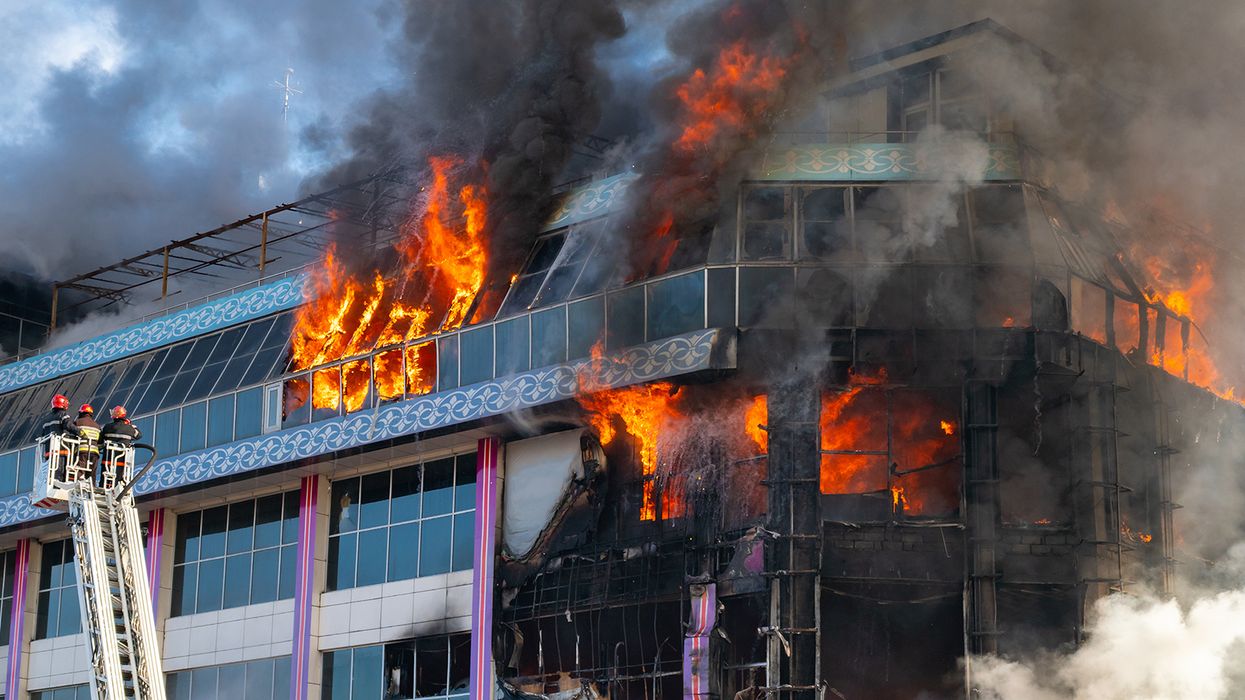DOT random testing rates: A pass or fail grade
The number of random DOT drug and alcohol tests that a carrier must complete isn’t a suggestion. It’s a requirement.
Failing to meet the random drug or alcohol testing rate will result in a citation when found during an investigation. In some cases, these citations could have been avoided had the motor carrier understood the finer points of DOT random testing.
Make sure you pass the test. Consider the following FAQs on random testing.
Do canceled tests count toward my annual testing numbers?
No. Even though a canceled test is of no fault of the employer, it’s neither positive nor negative. And DOT regulations state that canceled drug and alcohol tests can’t be applied toward the number of tests needed to meet the employer’s minimum random testing rates.
In addition, the employer can’t direct the employee to take a recollection for a canceled random test. A recollection only applies when you need a result (pre-employment, return-to-duty, and follow-up tests).
If a drug test performed on December 31st doesn’t have a medical review officer (MRO) result until January 2nd, does it count toward the previous year?
Yes. Guidance provided by FMCSA states that a test that was performed during the last testing cycle counts towards the total results for the year during which the specimen was collected, and not when the test was verified by the MRO.
How do we calculate how many drivers to select in our last draw of the year?
The DOT uses your average number of driving positions to calculate the number of tests you need.
Motor carriers must evenly divide the year using a testing cycle that fits their operations. The minimum is quarterly.
Using a quarterly testing cycle as an example, you must look at your driver rosters that were used in the first three quarters, plus the current number of drivers. Suppose they were 105, 135, 95, and 110. The average number of driving positions for year is 112 (you always round up). The FMCSA expects to see at least 56 drug tests and 12 alcohol tests by the end of the year.
The formula used each quarter is:
.5 x number of drivers ÷ number of testing cycles
.1 x number of drivers ÷ number of testing cycles
In the sample, this is how it played during the first quarter:
.5 x 105 ÷ 4 = 14 names for drug testing
.1 x 105 ÷ 4 = 3 names for alcohol testing
If you want to test at a higher rate, just multiply by the percentage you want (e.g., .6 for drugs, .3 for alcohol).
Using the example, suppose between missed and canceled tests, you only completed 40 drug and 8 alcohol tests by the end of the third quarter. You’re a little behind, since you should have completed 75 percent of your tests by now. This means you must select 16 names for drug testing and 4 for alcohol to meet the minimum annual testing rate. If you go with the minimum rate, you must make sure that everyone is tested and no tests are canceled.
Many carriers select at a higher rate throughout the year to compensate for incomplete tests. Others may elect to select additional names during the last draw to compensate for incomplete tests or the chance that some tests won’t be completed. However, when selecting at a higher rate, you must send everyone. You can’t hold back names just in case. They all must be sent by the end of the testing cycle.
Key to remember: FMCSA’s random testing rates are not suggested benchmarks that you can hopefully make. The number of completed tests is black and white and you either pass or fail during an FMCSA audit.






















